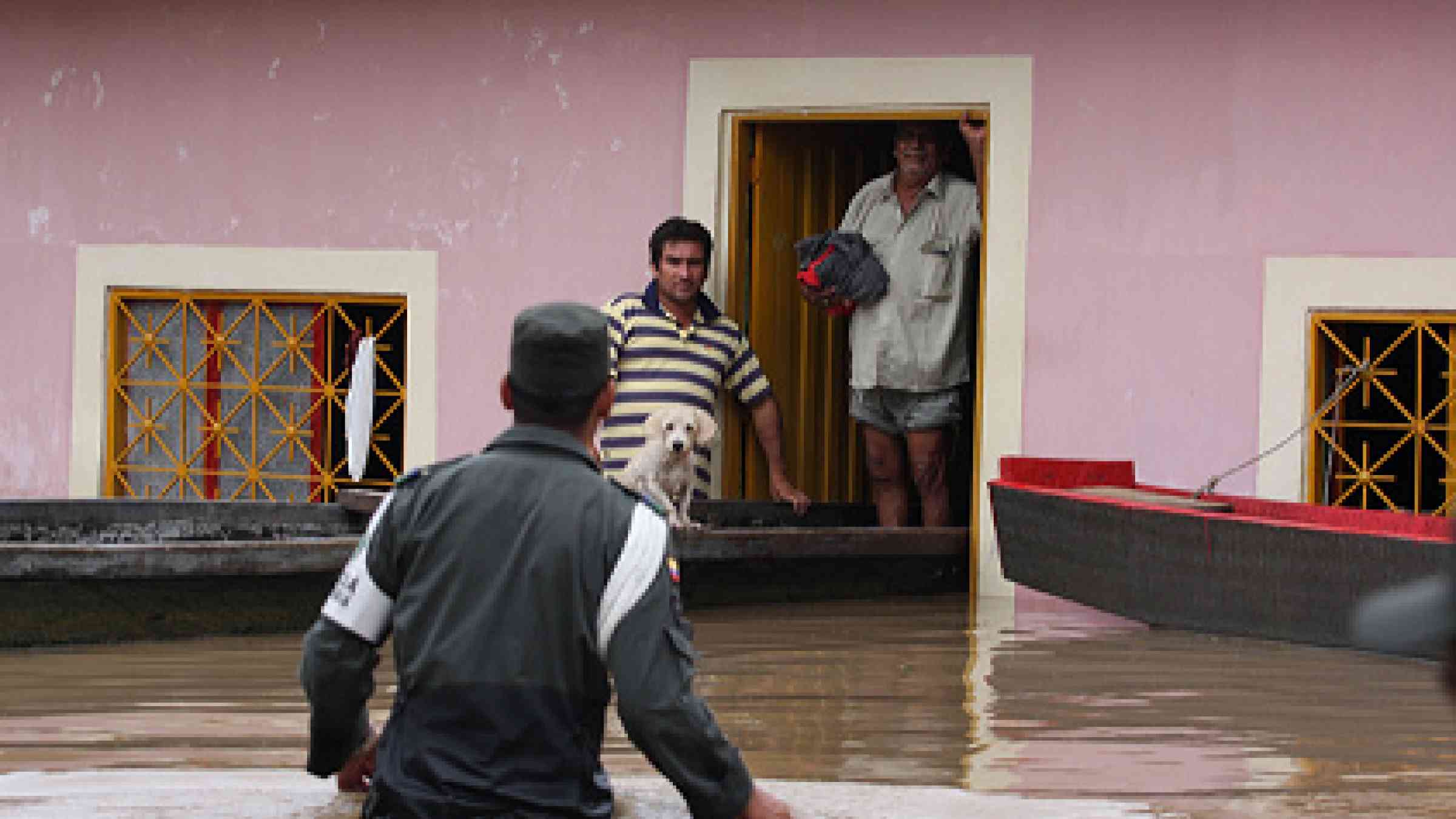Rivers and Resilience in Latin America

PANAMA, 25 January, 2017 - Rivers run through many cities in Latin America that have joined UNISDR’s Making Cities Resilient Campaign, and management of these rivers brought three of those cities together last month to carry out a reality check.
Representatives from the municipalities and civil society organizations of Santo Tomé, Argentina, Santa Ana, El Salvador, and Dosquebradas, Colombia, met in Panama to discuss their year-long efforts to encourage community participation in risk reduction and climate change adaptation efforts.
Daniela Quésta, Mayor of Santo Tomé, explained that her city of 60,000 inhabitants is highly vulnerable to flooding, due to its location near the Salado and Paraná Rivers. These floods bring pressing problems to dwellings and other urban infrastructure.
Milton Reyes, representative of Santa Ana said that the floods are causing serious problems in his city, mainly triggered by land use changes in the upper river basin as coffee plantations have been replaced by cement constructions that prevent the natural absorption of rainwater by the soil.
Julián Carrizosa, from the Municipality of Dosquebradas, noted that the high vulnerability of homes in many areas of Dosquebradas is aggravated by the poor management of solid waste and debris by residents, who improperly dispose of such items in the river bed causing water pollution and increased risk of flooding.
A report on the workshop by the Climate Knowledge and Development Network (CDKN), stated that in each city, the team led by Jorgelina Hardoy (IIED Latin America), Ebru Gencer (CUDRR + R) and Manuel Winograd (Alterra) and their partners generated specific, tangible proposals that have been analysed and validated by the respective communities and the public sector.
CDKN found it striking that “all three cities defined priority options as the ecological restoration of the edges of rivers, streams, estuaries, riverbanks and basins, because they ensure essential environmental services to the municipalities and their population and help in creating resilience. For example, Dosquebradas proposes the recovery of forest fragments and biological corridors in areas of urban expansion.”
Jonathan Roberto, Coordinator of Water Resources of Santo Tomé, stressed that the project helped to reorder the city’s priorities and establish resilience objectives. The local government also realised that it is important to communicate better to citizens about local actions that it is carrying out to address flood-related vulnerability and rising water tables.
A key finding of the workshop organized in collaboration with UNISDR was that working together at different levels is essential if authorities are to tackle successfully divergent or conflicting interests over planning and resource management in the urban, peri-urban and rural areas of the city.
A more complete account of the workshop’s findings is available at the CDKN website http://bit.ly/2DG3n7k